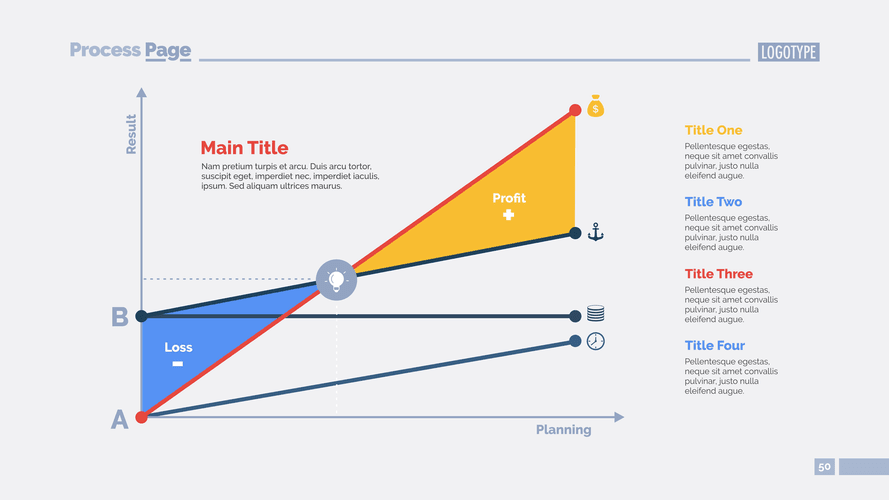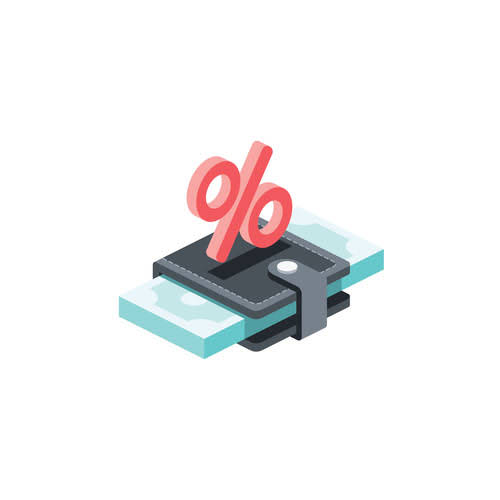
Knowing the total and component costs of the product is necessary for price setting and for measuring the efficiency and effectiveness of the organization. Remember that product costs consist of direct materials, direct labor, and manufacturing overhead. A company’s manufacturing overhead costs are all costs other than direct material, direct labor, or selling and administrative costs. Once a company has determined the overhead, it must establish how to allocate the cost.

Calculating Overhead Cost Per Unit
Both figures are estimated and need to be estimated at the start of the project/period. By using the predetermined rate product costs and therefore selling prices can be calculated quickly throughout the year without the need to wait for actual overheads to be determined and allocated. In addition while manufacturing overheads might vary seasonally throughout the year, the use of a constant predetermined rate avoids a similar variation in unit product cost. If a job in work in process has recorded actual machine hours of 140 for the accounting period then the predetermined overhead applied to the job is calculated as follows. A predetermined overhead rate is calculated before the start of an accounting period. Manufacturing overheads are indirect costs which cannot be directly attributed to individual product units and for this reason need to be applied to the cost of a product using a predetermined overhead rate.
Estimate budgeted overheads
Businesses should understand which overhead costs are fixed vs variable when budgeting and setting overhead rates. As a result, there is a ledger account high probability that the actual overheads incurred could turn out to be way different than the estimate. Based on the above information, we must calculate the predetermined overhead rate for both companies to determine which company has more chance of winning the auction. However, the problem with absorption/traditional costing is that we have to ignore individual absorption bases and absorb all overheads using a single level of activity.
When is the predetermined manufacturing overhead rate computed?
- The overhead rate helps businesses understand the proportion of indirect costs relative to direct costs.
- Learn about emerging trends and how staffing agencies can help you secure top accounting jobs of the future.
- If a job is in work in process and has recorded actual direct labor hours of 600 during an accounting period then the predetermined overhead applied to the job is calculated as follows.
- If costs rise above predetermined limits, action can be taken to reduce expenses.
- Features like automated categorization and reporting provide real-time visibility into overhead costs.
It is calculated before the period begins and is used to assign overhead costs to production using an allocation rate per unit of activity, such as direct labor hours. Added to these issues is the nature of establishing an overhead rate, which is often completed months before being Legal E-Billing applied to specific jobs. Thus each job will be assigned $30 in overhead costs for every direct labor hour charged to the job. The assignment of overhead costs to jobs based on a predetermined overhead rate is called overhead applied9. Remember that overhead applied does not represent actual overhead costs incurred by the job—nor does it represent direct labor or direct material costs.

How do you calculate overhead activity rate?

For example, a production facility that a predetermined overhead rate is used to: is fairly labor intensive would likely determine that the more labor hours worked, the higher the overhead will be. As a result, management would likely view labor hours as the activity base when applying overhead costs. Management analyzes the costs and selects the activity as the estimated activity base because it drives the overhead costs of the unit.
Job Costing at Boeing
Note that the manufacturing overhead account has a debit balance when overhead is underapplied because fewer costs were applied to jobs than were actually incurred. One of the advantages of predetermined overhead rate is that businesses can use it to help with closing their books more quickly. This is because using this rate allows them to avoid compiling actual overhead costs as part of their closing process.
- Common activity bases used in the calculation include direct labor costs, direct labor hours, or machine hours.
- After reviewing the product cost and consulting with the marketing department, the sales prices were set.
- The estimated manufacturing overhead cost applied to the job during the accounting period will be 1,494.
- The concept of predetermined overhead is based on the assumption that the overheads will remain constant, and the production value is dependent on it.
- The overhead is applied to the product units at the rate of 2.50 for each labor hour used.
How Josh Decided It Was Time to Finish His CPA
So the company would apply $5 of overhead cost to the cost of each unit produced. Two companies, ABC company, and XYZ company are competing to get a massive order that will make them much recognized in the market. This project is going to be lucrative for both companies but after going over the terms and conditions of the bidding, it is stated that the bid would be based on the overhead rate. This means that since the project would involve more overheads, the company with the lower overhead rate shall be awarded the auction winner.

